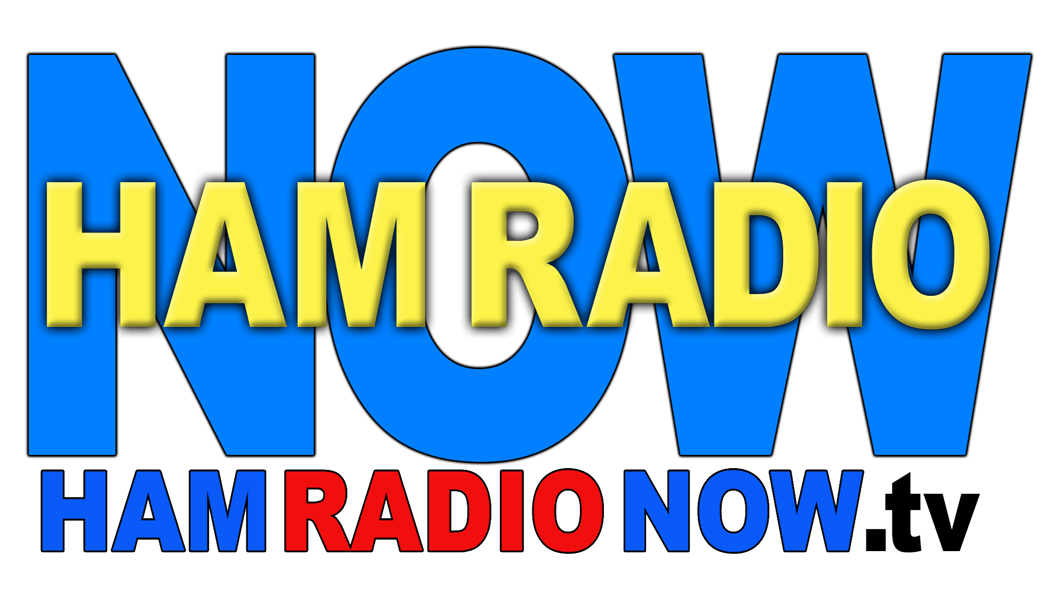Ham Radio 8.0
/[I originally wrote this for a column in the AmateurRadio.com blog]
What will Amateur Radio – and radio in general – look like in the future? And maybe not that far in the future. Say 5 or 10 years?
At this year’s ARRL & TAPR Digital Communications Conference, two well-known hams in satellite and microwave circles made that question the focus of their Sunday Seminar talk. The Sunday Seminar at the DCC is a four hour ‘deep dive’ into a single topic, from 8 AM to noon on the final day of the three-day conference. The Friday and Saturday sessions are all 45-minute talks, and while they can get pretty technical, they’re still more overviews of their subject matter. This year’s conference was in September 2016 in St. Petersburg FL.
The two hams are Michelle Thompson W5NYV and Dr. Bob McGwier N4YH. It’s hard to reduce their session to a short summary, but I’ll try. If you want more, I recorded the whole thing on video for HamRadioNow Episode 276, and there’s an 11-minute synopsis video on YouTube. I actually recorded the whole conference, as I have since 2008, and I’m releasing each talk as a HamRadioNow episode as I get them produced.
By the way, Ham Radio 8.0 is my title, not theirs. The official title of the Sunday Seminar is Spectrum: It’s the Frequency Crunch for Real. And that gets closer to the heart of their subject.
So, the short story: out there in the real world, spectrum is in short supply. It’s been that way for a long time, but it’s getting more and more critical, especially in UHF and the microwaves as wireless broadband (4G, 5G, WiFi, etc.) needs more and more space. And yet it’s being used inefficiently. Blocks of spectrum are assigned to services as if they are city blocks of land. Yet those services don’t use every bit of the spectrum they’re given all the time. And as Michelle points out, unlike land, spectrum can be instantly reused. One ham commented on YouTube that spectrum users have expensive infrastructure just like land users, but he missed the point, which comes next....
Starting about now, software defined, cognitive radios can be designed to work together, to cooperate on frequency, mode, bandwidth and spectrum to each get their message through using whatever they need to do it. I’m going to take a paragraph break here because the previous sentence is the heart of the story. So much so that I’m going to repeat it, move it sideways, and turn it bold:
Starting about now, software defined, cognitive radios can be designed to work together, to cooperate on frequency, mode, bandwidth and spectrum to each get their message through using whatever they need to do it.
That means when my message is done, someone else gets to use the spectrum I was on, probably in some totally different configuration than I had. My radio was smart enough to say "I'm done", and her's was smart enough to move in.
We’ve got the technology. We just need the plan (and the will). The plan part is being spurred on by the DARPA Spectrum Collaboration Challenge. That’s the same DARPA that brought you cool stuff like the Internet. Your tax dollars at work. The will part… well, that probably comes from government and industry running up against a wall and finding they have no other choice.
Where does ham radio come in? Bob N4YH is Chief Scientist at the Hume Center for National Security and Technology at Virginia Tech. He’s way up there in advanced academic circles. And he mixes that up with ham radio as much as he can, encouraging students to become hams because that opens up some unique paths for experimentation. We can do almost anything we want with our allocations across the radio spectrum at will, without asking anyone’s permission. Bob expects (hopes?) that our more technically savvy hams will take on that DARPA challenge and lead the way into this brave new world.
So where does your ham radio come in, assuming you’re not one of our most technically savvy hams ready to lead the way? I think you’ll enjoy hearing Michelle and Bob wind their way around this subject, and this is really just the start, so the discussion begins here. Government and industry need this to keep communications moving forward. Bob’s take is that ham radio needs it to survive into a new generation of hams – hams who are attracted to technical challenges of the future, not legacy operation of the past (and the present). That is not going to sit well with today’s older ham gentry. We like our CW and SSB, and even our PSK 31 (and WSPR – HamRadioNow Episode 277 is on using a Raspberry Pi and a TAPR shield kit as a WSPR beacon). Bob readily admits that this is the End of Amateur Radio As We Know It. And the beginning of an Amateur Radio that we won’t recognize.




